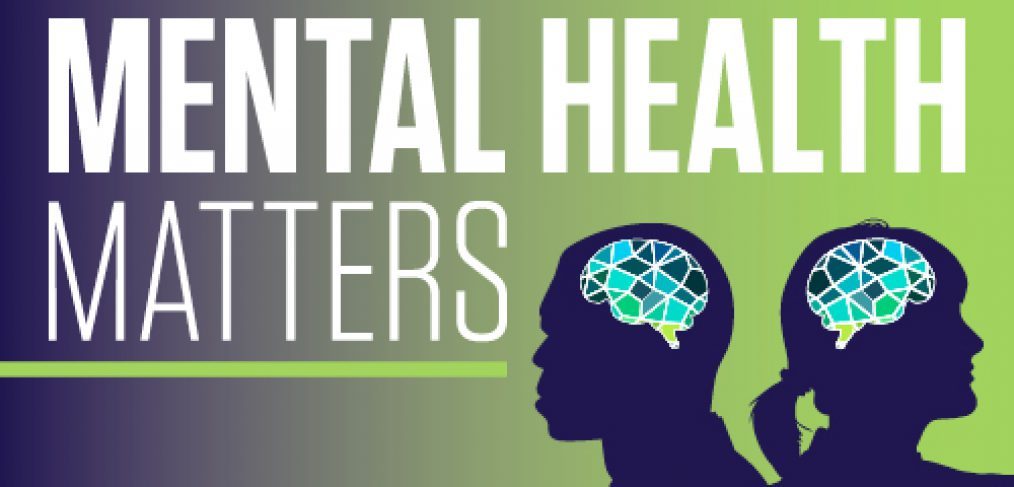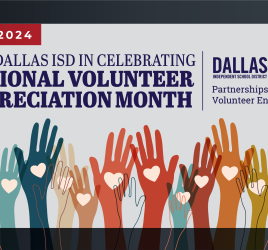
Keep an eye out for post-traumatic stress disorder
Millions of people are impacted with post-traumatic stress disorder, or PTSD, and the understanding and support of those who surround its sufferers can make all the difference.
Post-traumatic stress disorder is a mental health condition triggered by exposure to a traumatic event. More than 7 million adults have PTSD, according to the National Institute of Mental Health, but people of any age can develop it, including children. PTSD is a form of stress that is highlighted during April—Stress Awareness Month.
Some people begin to show signs of PTSD after surviving combat, sexual assault, or another event that for them may be traumatic. Symptoms may include having flashbacks, being easily startled, having sleep problems, mood swings, and avoiding reminders of the incident. Many types of treatment can help with PTSD, and family and friends can play an important role in the healing process.
Showing empathy, fostering a supportive workplace, and being the light of hope someone needs can make a difference. Creating a world of healing, staying informed and connected, and extending a helping hand can help those who suffer PTSD cope with everyday challenges. Keep in mind each journey with PTSD is unique.
Understanding PTSD
Post-traumatic stress disorder is an anxiety disorder that occurs after an event that is perceived to be traumatic. The event may involve physical harm or the threat of physical harm. People may develop PTSD after having faced a dangerous situation or after someone they love did. Or they may show signs of the condition after witnessing extreme harm suffered by friends, relatives, co-workers, or strangers.
PTSD can result from exposure to a crime or stem from exposure to a natural disaster, such as a flood or hurricane. Two years after Hurricane Katrina, more than one in five New Orleans residents affected by the storm had PTSD, according to the National Institutes of Health.
It’s normal to have strong emotional reactions to terrifying events, and almost everyone that has experienced a trauma will experience some symptoms immediately afterward. For most, those symptoms subside within approximately 30 days. But people with PTSD continue to have symptoms when they are no longer in danger. To be officially diagnosed with PTSD, symptoms remain more than 30 days after the event.
Signs of PTSD may include the following:
- Flashbacks, frightening thoughts, or nightmares. These may contribute to a heightened state of anxiety. These are the primary symptoms characterizing PTSD.
- Trouble sleeping or eating. You may notice someone experiencing excessive fatigue or lower energy levels.
- Difficulty concentrating. A person may make more mistakes than usual or show a decline in performance.
- Increased absenteeism or a general dread of going to work.
- Frequent irritability. Tense or angry outbursts may occur at work or elsewhere. People may also become startled more easily by sudden noises or movements. These stimulants are often referred to as “triggers,” as they can be known to trigger PTSD symptoms.
- Depression. Neglect of personal appearance or hygiene, becoming withdrawn or apathetic, or losing interest in normally enjoyable activities are all signs of depression.
Someone who has PTSD may not show these signs every day. Symptoms may appear to go away for weeks or months but then flare up during highly stressful times or when the person is faced with triggering reminders of what happened. Combat veterans with PTSD may have intense reactions to loud noises, such as that of a car backfiring. Survivors of devastating hurricanes or floods may find it hard to deal with ordinary thunderstorms. Victims of serious crimes may be extremely upset by media reports about people who have had similar experiences.
Signs of PTSD usually appear within a few months of a traumatic experience, but signs sometimes don’t emerge until years later. Some people recover from PTSD in less than six months. For others, PTSD is a chronic condition that requires careful management for years. A variety of treatments can help with PTSD, including medication and talk therapy.
PTSD is a complex condition that may last for just a short time or for years. With the right treatment, most people do recover. If you feel like you or someone you know may have PTSD, take advantage of resources that may be helpful like the Employee Assistance Program.



